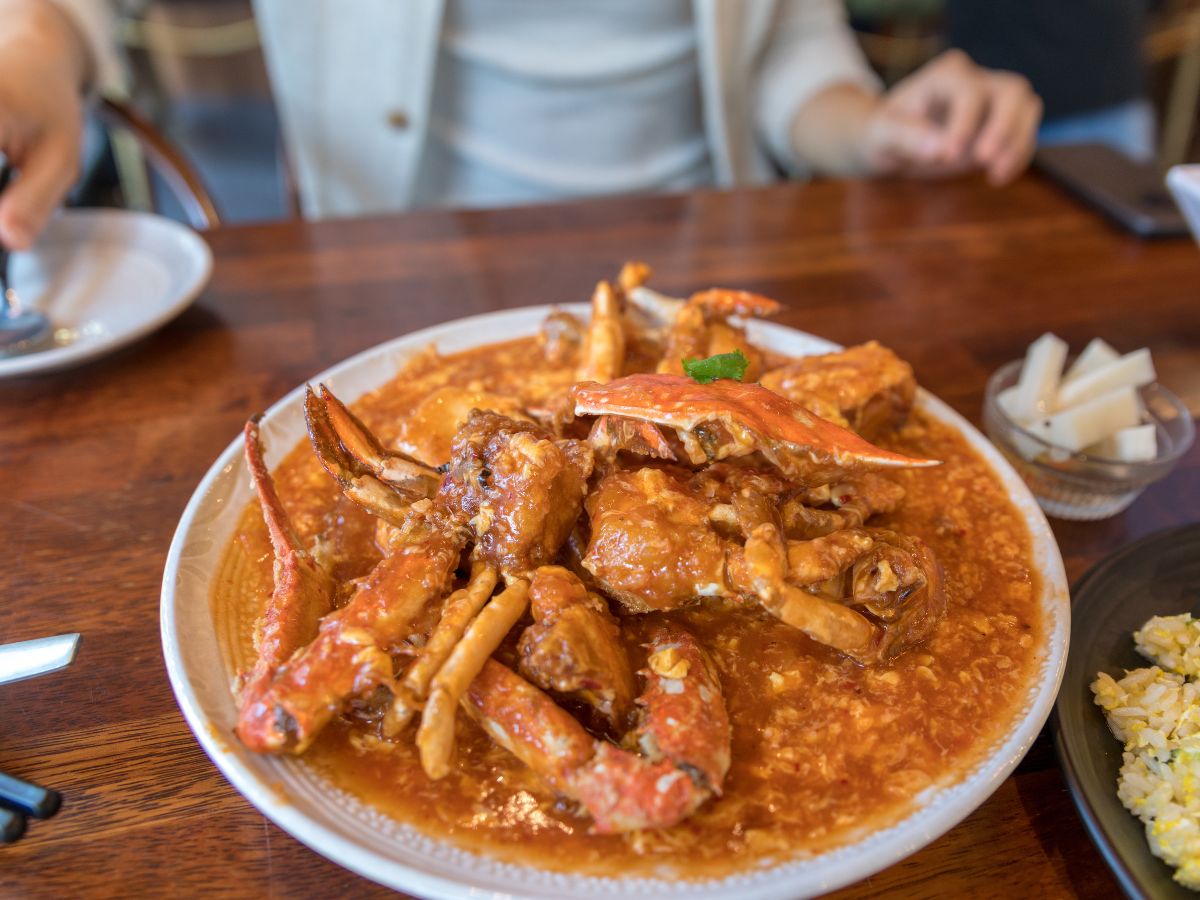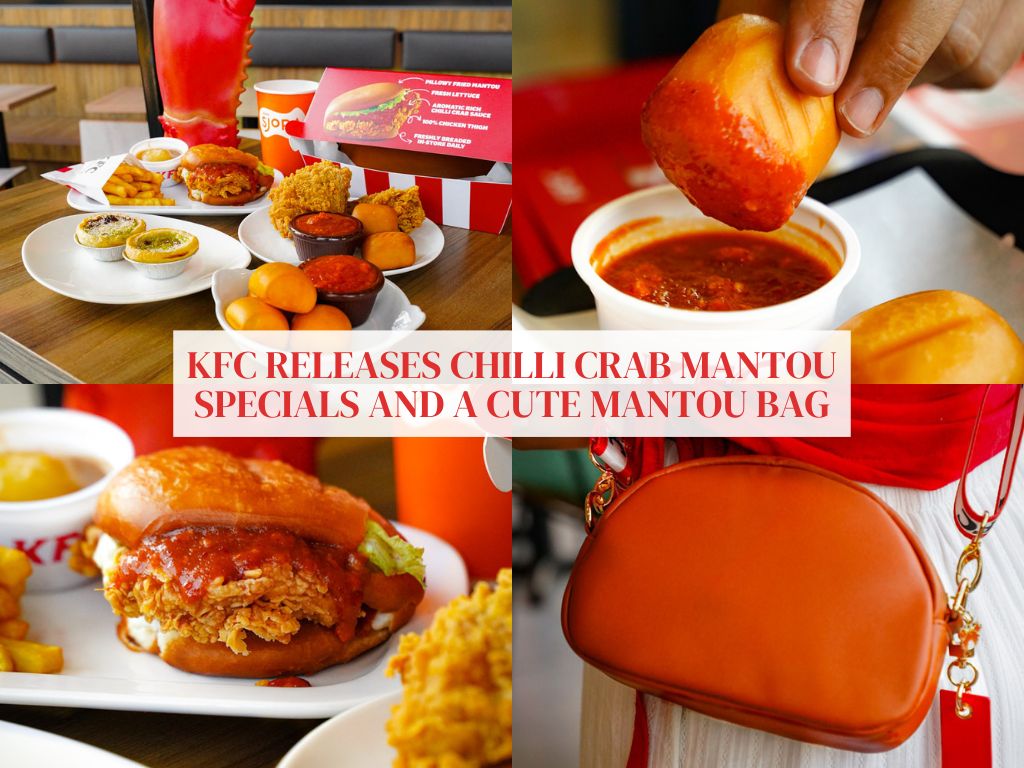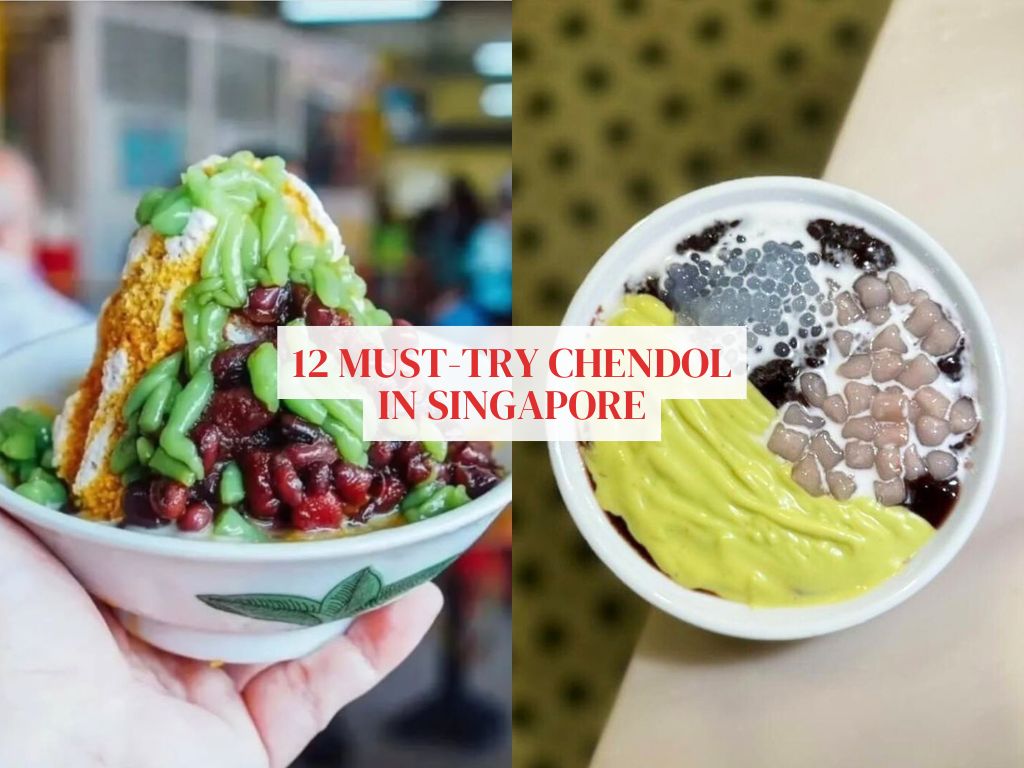Commentary: Talking crab and the price of a national dish, chilli crab, in Singapore
When was the last time you ate chilli crab, anyway? Maybe it’s time to revisit the Singaporean icon after the recent Alaskan king crab controversy and take matters into our own claws
In the same year that the original inventor of the chilli crab passed away in February 2023 (Cher Yam Tian — her sons are Roland and Richard Lim, who continue her legacy at Roland Restaurant), we have yet another controversy over the dish: Chilli crab prices.
A bunch of Japanese tourists called the police in September after they were hit with a S$1,322.37 bill for their seafood meal at Paradise Seafood, which included S$938 alone for a 3.5kg Alaskan king crab.
Deja vu.
In 2014, a Filipino family of four paid S$1,186.20 for their seafood meal at Forum Seafood Village at Boat Quay. Back then, the Alaskan king crab cooked chilli crab-style totaled S$707 for a 3.39kg specimen.
In 2011, a Scottish expat having lunch with a friend racked up S$1,107.32, including — yup, you guessed it — S$546 for a 3kg Alaskan king crab.
What a bunch of, well, premium crab. The hapless tourists all said the same thing — that they didn’t know about the different kinds of crabs, didn’t realise the eventual price tag of the whole crab, and that they had only wanted to sample the chilli crab that’s lauded as the national dish of Singapore.
The resulting sticker shock would surely leave a bad taste in anyone’s mouth.
No chilli crab without the crab
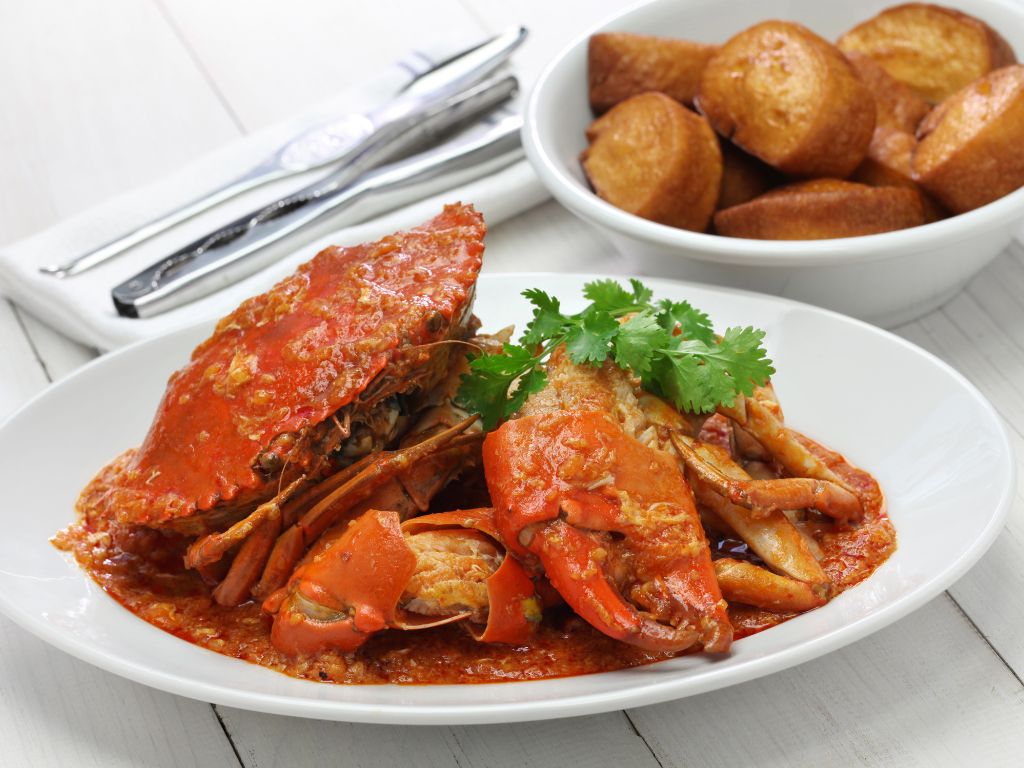
Chilli crab is one of Singapore’s national dishes, one that most first-time visitors would seek out. But chilli crab in Singapore is not an everyday dish the same way chicken rice, laksa and satay can be enjoyed regularly.
One of the reasons is that we pay a high price for seafood in Singapore, and especially for crustaceans.
These are all imported, and include delicate flower crab from Southeast Asia, briny snow crab from the north oceans, giant spiky Alaskan king crabs, Dungeness crab from North America, and of course the densely packed mud crab from Sri Lanka (although cheaper, more watery ones from Indonesia abound).
The warm water Sri Lankan mud crabs are our preferred crab, its earthy and meaty yet sweet-tasting flesh well-suited to the spice aromatics of Asia.
Today, you can expect to pay an average of $10/100g for dine-in crab at reputable seafood restaurants, and yes, you have to order the whole crab, not portions of it. That’s about $100 for a modest 1kg Sri Lankan crab — even before service and GST charges.
And naturally you wonder if these weights are a little inflated — whether the crabs are kept in water or rounded up to the nearest kilogram.
After all, used to buying and cooking mud crabs from the wet market over the years, I’ve definitely noticed that my restaurant crabs can be up to 20% smaller than the purported weight I’m paying.
[google_ad]
The enduring allure of chilli crab in Singapore

I also question — when was the last time you actually ate chilli crab? A quick poll of 10 friends revealed that only one had tucked into the dish in the last three years.
Even when you do have a craving and want to eat it — where do you go? Every restaurant selling chilli crab in Singapore has its own recipe and style. While doing anonymous reviews at a magazine some years back, I sampled all the famous ones, and found that no two tasted alike.
Some gravies were eggier while others had no egg at all; some were tomatoey with hardly a hint of chilli, while one verged on tear-inducing. Some used orange juice or vinegar for the piquancy.
Meanwhile lemongrass made inconsistent appearances and one or two were so sweet you would think it could have been served as a dessert.
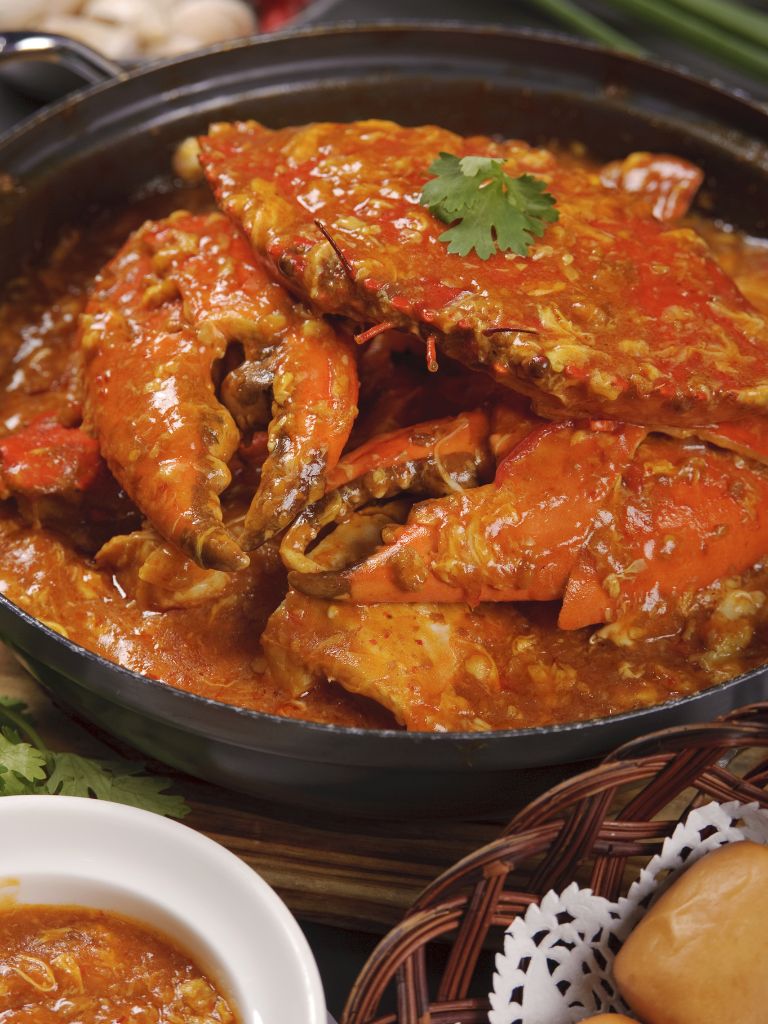
Why, we writers pondered, wasn’t black pepper or XO beehoon crab crowned the national dish? What is it about the chilli crab sauce that provokes such loyalty?
The answer I believe lies in a sauce that influential Australian food blogger Nagi Maehashi (recipetineats.com) dubs as “the mother of all flavour bombs”.
Indeed, just looking at her well-tweaked recipe makes my mouth water: Ginger, garlic, red onion, tau cheo (soy bean paste), sambal belachan, fresh chilli, ketchup, tomato puree, egg, and vinegar. It hits every primordial taste bud (sweet, salty, sour, spicy, umami) and then some. That’s why other crab preparations have not reached this level of well-rounded satisfaction.
I say, it’s about time we reclaimed the chilli crab in Singapore as our own, not just the province of restaurants.
The ingredients are pretty much pantry staples within reach in most home kitchens. If we are to save the reputation of the dish, as well as our own love for the national icon, we should make it a full-on patriotic challenge to cook it at home at least once a year.
Let’s learn everything about crab, all of it. Bring on the tutorials, the careful forays to the wet market, the woks, the mantous (store bought is fine) and the bibs.
In fact, let’s declare a National Chilli Crab Day, and welcome our tourist friends to tuck in — Alaskan crab definitely optional.
For more ideas on what to eat, read about this hidden gem restaurant run by four young chefs and where to find fluffy bomboloni in Singapore.
Do explore the new GrabFood Dine-in service for awesome deals or book a ride to enjoy chilli crab in Singapore.
